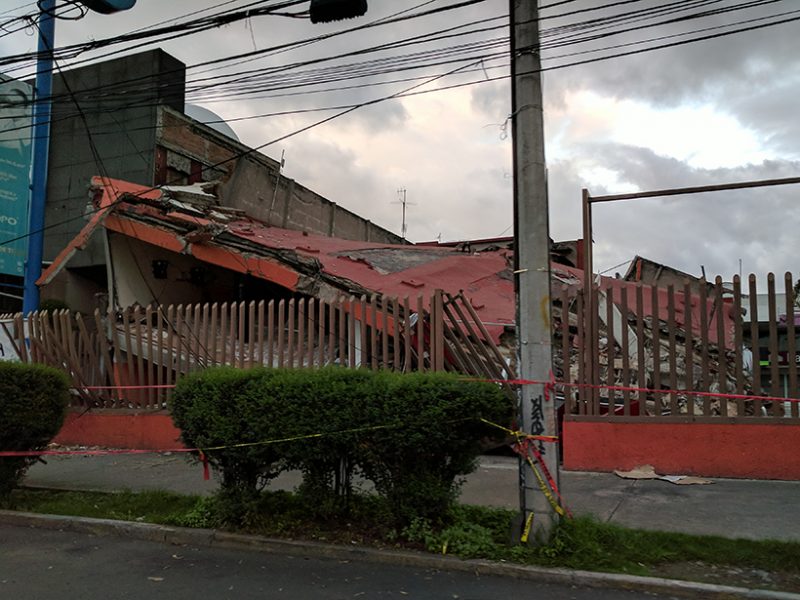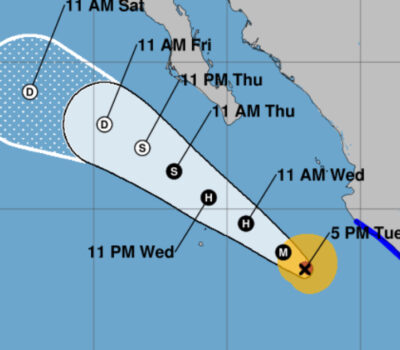Rubble from a collapsed building crushed a car in the Xochimilco borough of Mexico City following the M 7.1 Puebla earthquake on 19 September 2017. This and other earthquakes that followed soon after triggered an early warning system. What lessons do these early warnings and earthquakes pose for disaster mitigation strategies? Credit: Elizabeth Cochran On 19 September 2017, an earthquake shook Mexico City with an intensity not felt since the same day 32 years before, when the 1985 magnitude 8.1 Michoacan earthquake killed more than 9,000 people and left more than 100,000 homeless.
The September 2017 magnitude 7.1 Puebla earthquake was part of a sequence of seismic events that included a magnitude 8.2 earthquake offshore of Chiapas, Mexico, and a magnitude 6.0 aftershock to that event. After the losses resulting from the 1985 Michoacan earthquake [ Espinosa-Aranda et al. , 2009], the Centro de Instrumentación y Registro Sísmico (CIRES) developed an earthquake early warning system (EEW) with the hope of providing a 60-second warning for earthquakes initiating along the subduction zone [ Espinosa-Aranda et al. , 1995]. The September 2017 earthquake sequence is the most significant test of Mexico’s early warning system to date. The system has provided warnings for several small to moderate events since its implementation in 1991. However, the September 2017 sequence is the most significant test of Mexico’s early warning system to date. For this reason, the Earthquake Engineering Research Institute ( EERI ) dispatched a reconnaissance research team of seismologists and social scientists to Mexico City from 1 to 6 October 2017. The team met with people from a wide variety of backgrounds and interests in earthquake early warning, including those responsible for generating alerts and activating sirens, local government organizations, university scientists, and members of the public. The objective of the reconnaissance research was to understand performance and public perception of the early warning system in the immediate aftermath of a devastating earthquake to draw initial lessons for early warning systems around the world.
The lessons learned from observing Mexico’s earthquake early warning system, public attitudes, and responses to earthquake alerts are informing similar efforts in the United States, including implementation of the ShakeAlert early warning system that will begin phase 1 of a public rollout in 2018. History of Early Warning Systems in Mexico City
Mexico City started to receive earthquake alerts from the earthquake early warning system in 1991 [ Espinosa-Aranda et al. , 1995; Goltz and Flores , 1997]. At the time, the system was set up to detect earthquakes occurring along the Guerrero Gap portion of the subduction zone located 300 kilometers from the city. The Guerrero Gap was considered to be the source most likely to generate future events with the potential to affect Mexico City.
The system works like this: Special radio receivers in schools, government offices, and TV and radio stations receive radio broadcast alerts that provide warning of imminent shaking [ Suarez et al. , 2009]. The system was initially designed to issue an alert that would […]
Click here to view original web page at Lessons from Mexico’s Earthquake Early Warning System
Rubble from a collapsed building crushed a car in the Xochimilco borough of Mexico City following the M 7.1 Puebla earthquake . . .












